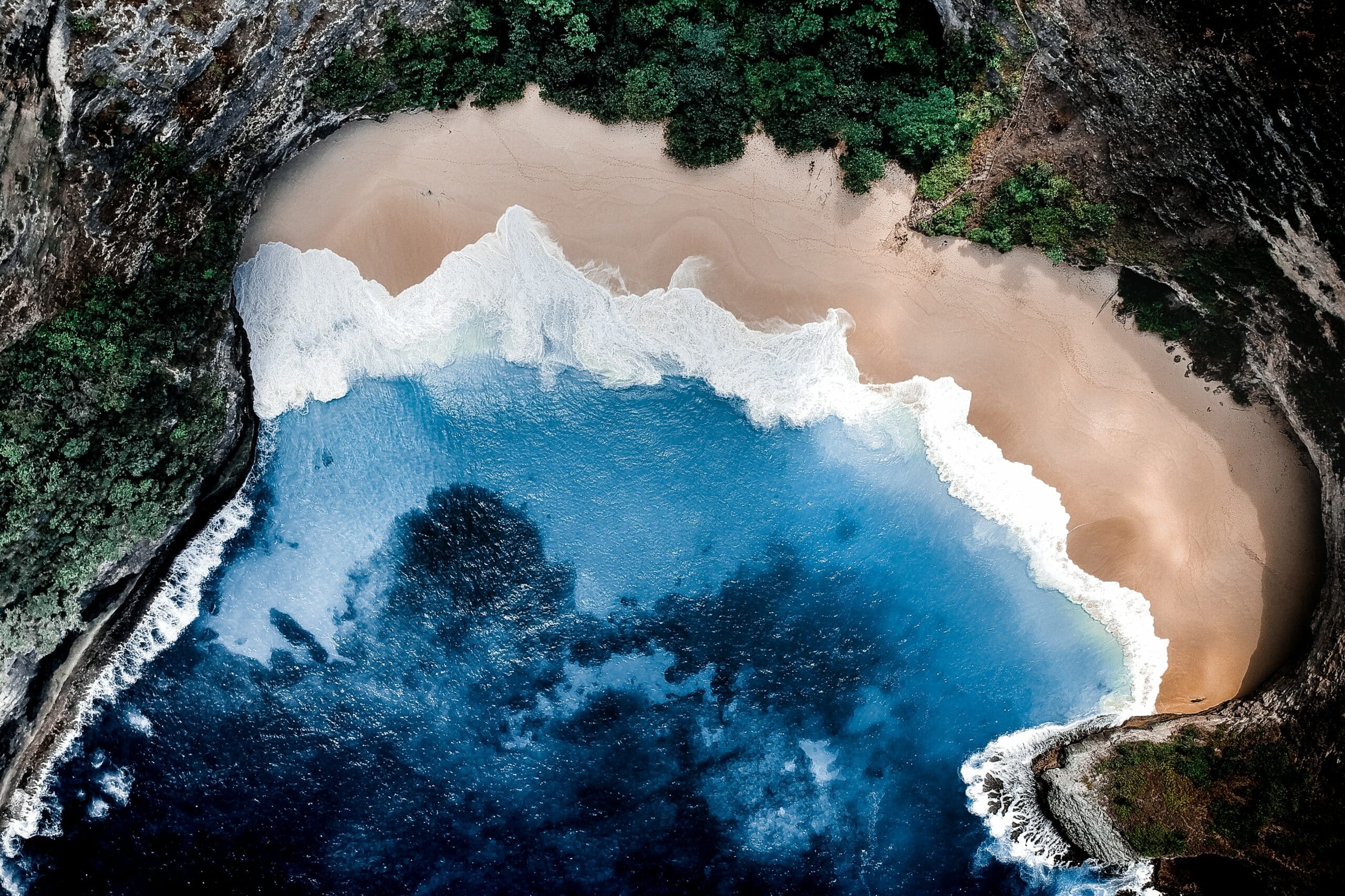Soaring high above the Himalayas lies Mount Everest, the tallest peak on Earth, which has captured the human imagination for generations. This formidable mountain presents the ultimate adventure and test of endurance, luring outdoor enthusiasts driven to push themselves to the limit. What drives people to take on the risk and challenge of climbing 29,032 treacherous feet to Everest’s summit? This article delves into the icy, treacherous slopes of the world’s highest mountain and the risky allure that draws daring adventurers to brave its thin air and harsh conditions.
The Allure of Everest
For outdoor enthusiasts and adventure seekers, climbing Mount Everest is the ultimate dream. As the world’s highest mountain at 29,032 feet, Everest has an irresistible allure. Nestled in the Himalayas, where Nepal and Tibet meet, it’s a formidable challenge that tests physical and mental limits. Scaling its treacherous slopes demands meticulous planning, unwavering determination, and resilience in the face of bone-chilling temperatures and the thin, unforgiving air at high altitudes. This article explores the mystique, allure, and risks of climbing Everest, offering a glimpse into the dreams and harsh realities that converge at the world’s highest peak. It’s a place where triumph and tragedy often intertwine, where success is never guaranteed, and where those who dare to dream of standing atop the world must confront their deepest fears.

The Challenge of Climbing Everest
Since Edmund Hillary and Tenzing Norgay first reached the summit in 1953, over 4,000 people have successfully climbed Everest despite its low 3% success rate and inherent mortal danger. What compels people to take on the challenge and risk of climbing Earth’s tallest mountain? For many, it represents the adventure of a lifetime and a way to test themselves against the most extreme elements. A successful Everest summit requires months of rigorous training, specialized equipment, hiking to basecamp 17,598 feet up, and surviving in the icy “death zone” above 26,000 feet through willpower alone.
The Reward of Reaching the Top
The window of opportunity to summit is narrow as only a few days a year have the right conditions. The trek pushes climbers to their physical and mental limits as they battle high altitude sickness, frostbite, hypothermia, dangerous icy slopes, and sudden storms. Yet despite the tremendous risk, the glory and satisfaction of accomplishing this ultimate adventure continues to draw people from all walks of life. While many hire expert Sherpa guides to increase their odds, others find deep meaning in taking on Everest solely through their own hard work and perseverance. For these daring adventurers, standing on top of the world and realizing a lifelong dream makes braving Everest’s hazardous yet thrilling icy slopes worthwhile.

While the fatal dangers of Everest are well documented, its magical allure persists. For a select few willing to take the ultimate gamble, Everest represents a gateway to glory, redemption or enlightenment. The mountain demands respect, humility and preparedness from those bold enough to challenge it. Conquering Everest may be an admirable feat, but coming down alive matters more than reaching the top. Still, its icy slopes and deadly risks will continue hypnotizing adventurers chasing a dream. Everest remains a siren call to push the human spirit higher.









